Stranger Things - Darkness on the Edge of Town - version poche
Extraits
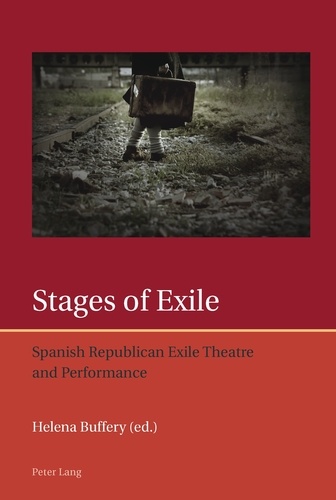
Non classé
Stages of Exile
09/2011

Critique littéraire
Ancient Greek by Its Translators
02/2022
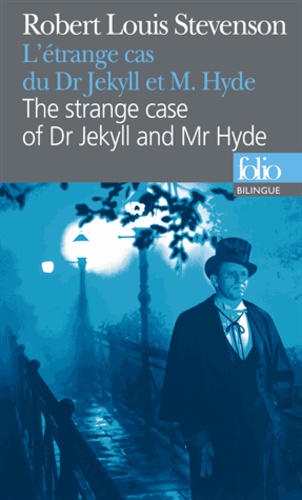
Anglais apprentissage
The strange case of Dr Jekyll and Mr Hyde
09/1992
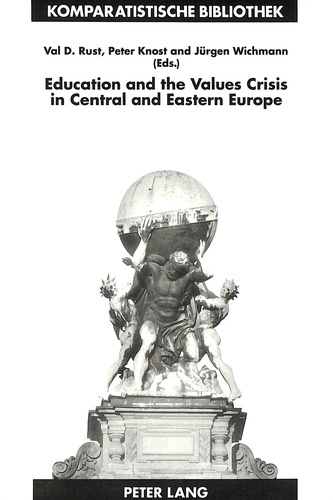
Non classé
Education and the Values Crisis in Central and Eastern Europe
05/1994
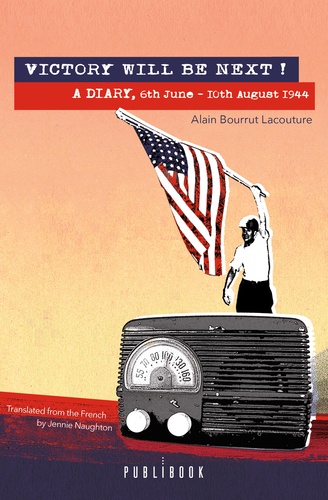
XXe siècle
Victory will be next ! A Diary, 6th June - 10th August 1944
03/2021

Non classé
Read Ancient African scripts from any current African language. Volume 2
05/2020
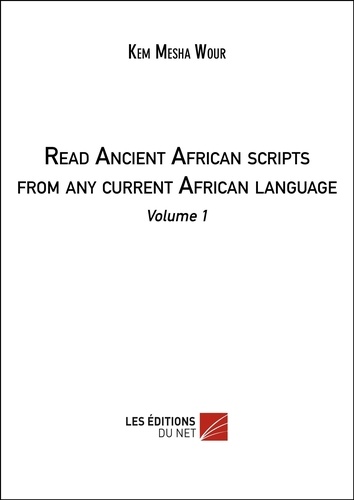
Non classé
Read Ancient African scripts from any current African language. Volume 1
05/2020
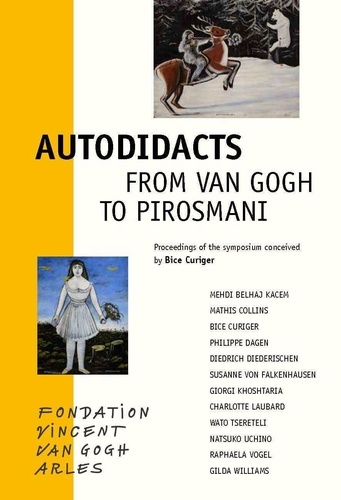
Beaux arts
Autodidacts. From Van Gogh to Pirosmani, 1e édition
01/2021

Histoire de France
CRASH IN BAYEUX - The Last Flight of Sergeant Ferguson
09/2014

Agendas jeunesse
Agenda Emily The Strange
05/2023
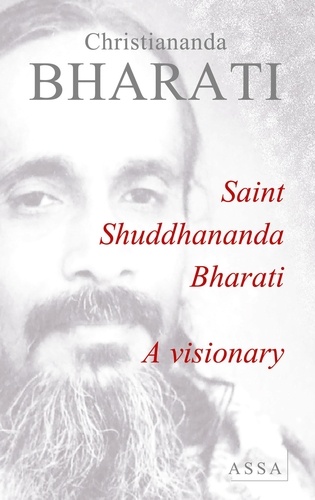
Littérature française
Saint Shuddhananda Bharati A visionary
11/2013
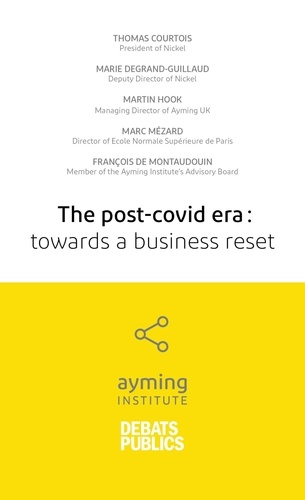
Actualité et médias
Performance post-crise
01/2021
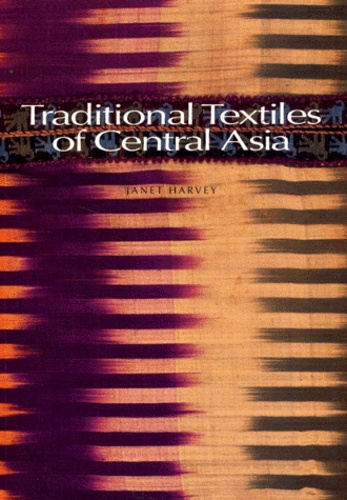
Décoration
Traditional Textiles of Central Asia. Edition en langue anglaise
01/1997

Non classé
Oaths, Vows and Promises in the first Part of the French Prose Lancelot Romance
02/1993

Sociologie
Borders and Ecotones in the Indian Ocean. Cultural and Literary Perspectives, Textes en français et anglais
11/2020
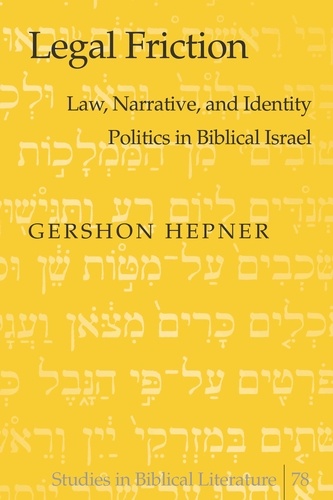
Religion
Legal Friction
05/2010

Allemagne - Berlin
Soul of Berlin. A guide to 30 exceptional experiences
06/2022
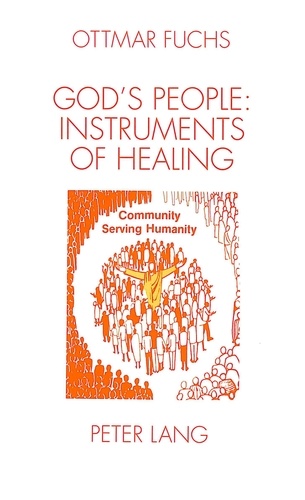
Religion
God's People: Instruments of Healing
07/1993
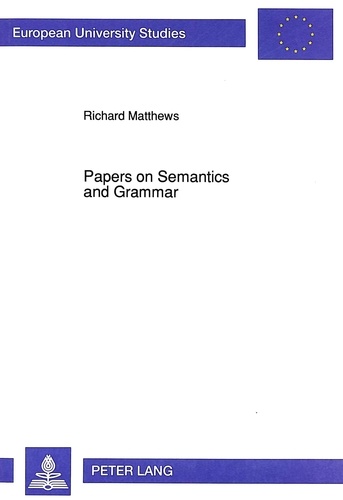
Non classé
Papers on Semantics and Grammar
01/1993

Histoire et Philosophiesophie
SCIENCE, TECHNOLOGY AND SOCIETY IN CONTEMPORARY JAPAN
01/1999

Monographies
Burmese Silver from the Colonial Period
09/2022

Littérature française
Tales on exile
06/2018

Non classé
Studies in Elizabethan Audience Response to the Theatre
02/1993

Histoire ancienne
THE ROMAN CAVALRY. From the First to the Third Century AD
01/1992
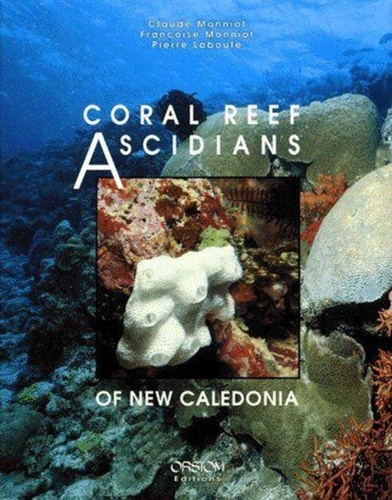
Sciences de la terre et de la
Coral reef ascidians of New Caledonia
08/1991
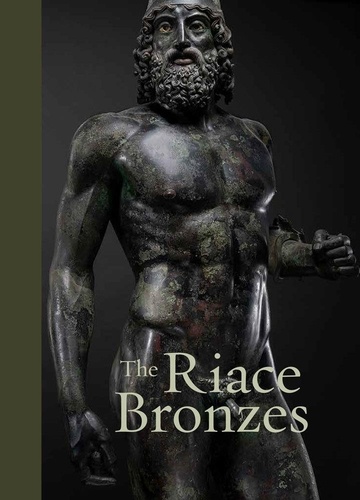
Sculpture
The Riace Bronzes
10/2022

Droit
Constructing Reality
11/1999
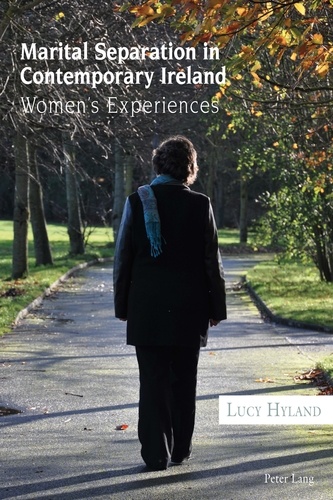
Sociologie
Marital Separation in Contemporary Ireland
12/2015

Informatique
MAXIMUM LINUX SECURITY. A Hacker's Guide to Protecting Your Linux Server and Workstation, CD-Rom included
12/1999
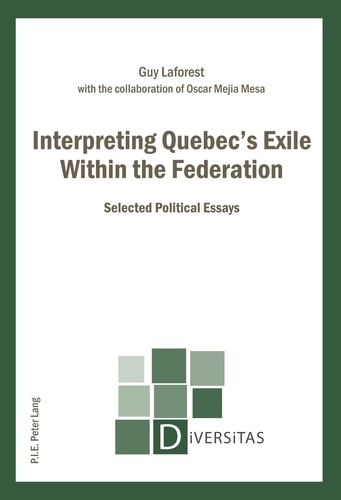
Philosophie
Interpreting Quebec’s Exile Within the Federation. Selected Political Essays
12/1986

